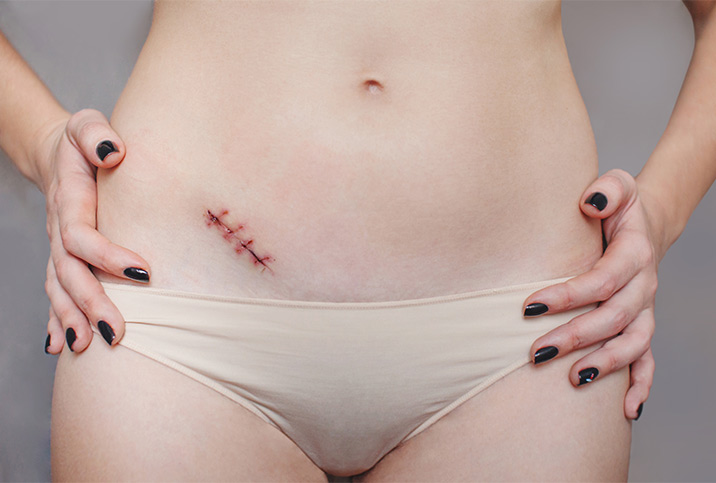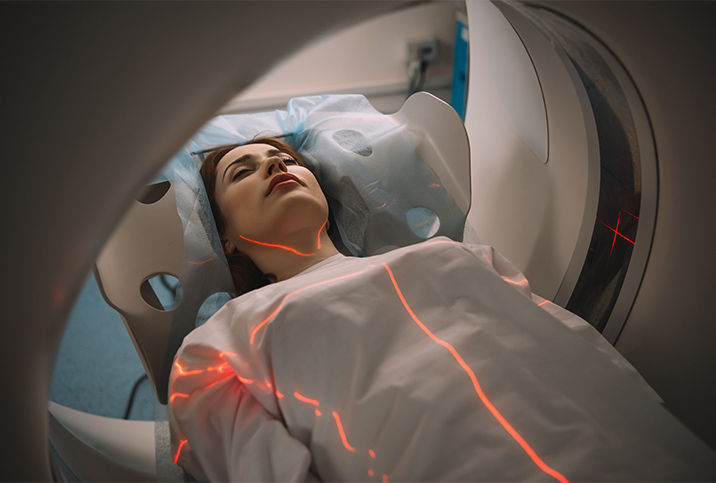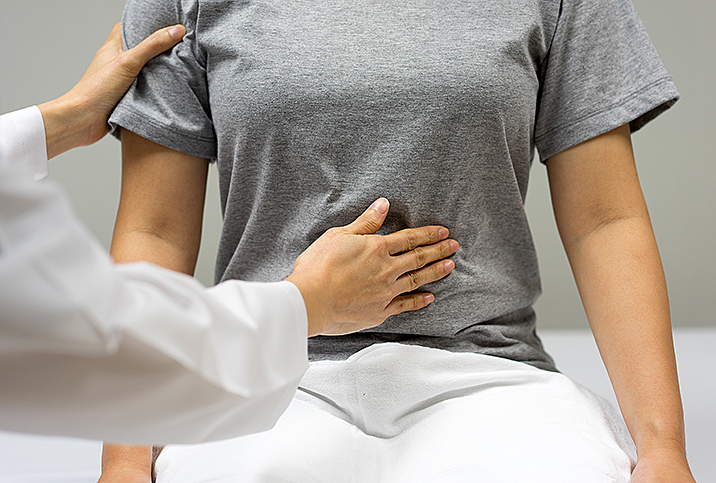Treatment of Endometriosis

A fairly common condition, endometriosis affects women of reproductive age, generally from 12 to 52 years old, and often results in chronic pain, inflammation, lack of energy, depression, feelings of isolation, excessive bleeding and fertility issues, among other symptoms.
If you believe you have symptoms of endometriosis, speak to your doctor. Keeping track of your menstrual cycle, and the pain and other symptoms you experience throughout the cycle, may be helpful in getting a diagnosis for "endo," as it's sometimes called.
Treating endometriosis
Your doctor will likely perform a pelvic exam and perhaps a pelvic imaging test, such as an ultrasound, to check for ovarian cysts caused by endometriosis. If the issue is still unresolved, your doctor will likely prescribe a trial period of birth control pills (or progestins), and if that fails, the next step is likely laparoscopy, a minimally invasive technique used to confirm the presence of endometrial tissue.
Your doctor may recommend treatments such as low-dose oral contraceptives to lessen the pain during your period, long-acting progesterone medication or gonadotropin-releasing hormone (GnRH) agonists, which suppress the growth of endometriosis by blocking estrogen.
While alternative therapies—acupuncture, chiropractic care, and supplements such as thiamine (vitamin B1), magnesium and omega-3 fatty acids—rarely help, some patients have reported success.
Another possible treatment for endometriosis pain is surgery. In the past, surgical intervention was customary but is now considered a last resort or for severe cases with complications, such as those that prevent healthy reproductive or digestion functions.
Surgical intervention can help overcome endometriosis complications by reducing pain and preventing regrowth by removing endometrioma, a type of cyst. Surgery can sometimes help improve fertility by eliminating endometrial tissue so you can conceive naturally.
While surgical treatments can help alleviate symptoms, there is no cure for endometriosis. And because regrowth is likely, some women choose to have a partial hysterectomy at the same time as the endometrium removal. The complete treatment of endometriosis does necessitate the removal of the cervix, the uterus, the fallopian tubes and the ovaries.
Uncomfortable intimacy
Many endometriosis sufferers experience chronic pain and fatigue, regardless of the time of the month. For some women, sex can amplify that discomfort. About two-thirds of women with endometriosis report some kind of issue or pain during sexual intercourse, which is called dyspareunia. Penetration and other movements associated with intercourse can stretch and pull the endometrial growths.
Symptoms vary from woman to woman, but some actions lessen the pain. Have penetrative intercourse only at certain times of the month, and include different positions. Use lubricant. Explore alternatives to intercourse and alternative methods of intimacy with your partner. All of these measures have potential to bring pleasure back to your sex life.
Some sexual positions put less pressure on areas of the pelvis that may contain endometrial tissue. Many women find certain positions are better than others. For example, the missionary position is often too painful for women with endometriosis, but when the woman is on top of her partner, she can control the depth and speed of penetration, allowing her to determine a comfortable pace. Sometimes any form of penetrative sex is painful, and a woman with endometriosis may prefer to engage in other types of sexual activity, including oral sex, massage, foreplay, and using vibrators and sex toys.
In addition, it is important to note some endometriosis treatments, such as hormonal regimens or a hysterectomy that includes removal of the ovaries in addition to the uterus, can increase vaginal dryness and the potential for pain during intercourse. However, the dryness associated with a hysterectomy is treatable by your doctor.
Preventing endometriosis
At this time, medical science does not have a surefire way to prevent endometriosis. Some doctors believe lowering the body's estrogen levels can reduce the chances of developing endo. This step is also popular because estrogen naturally works to thicken the lining of the uterus during the menstrual cycle.
Hormonal birth control methods—including the pill, patches, rings or an intrauterine device (IUD) with lower doses of estrogen—work differently. While they don't lower estrogen levels, they can thin out the endometrium and improve symptoms, such as bleeding and cramping.
Regular exercise can help lower your body fat, which may decrease estrogen levels in your body. Alcohol and caffeinated beverages, such as sodas, coffee and green tea, are known to raise estrogen levels, so avoid or limit them.
For many women, the pain of endometriosis subsides after menopause, because the body stops producing estrogen, and the endometrial growths slowly shrink. Until then, getting an early diagnosis and seeking treatment is the best way for sufferers to dodge the pain and get on with their lives.


















